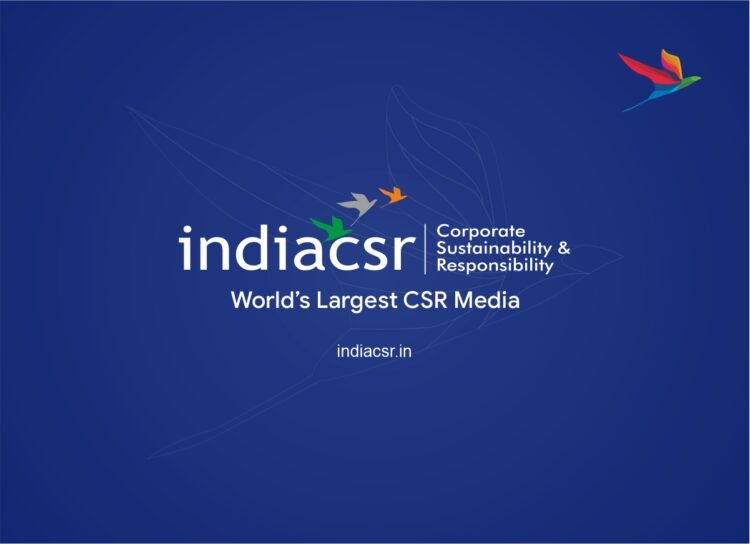Schemes like PMKSY will pave way for increasing contribution of agriculture to GDP
Agriculture now needs to shift to less water-intensive crops especially pulses and oilseeds
By Sudhirendar Sharma
Six decades of investment in the irrigation sector notwithstanding, 45 per cent of the 142 million hectares of agricultural land has only been covered under assured irrigation. With cost-intensive dam-based large projects unlikely to expand irrigation any further, the shift in focus for ‘har khet ko pani’ (water for every field) through in situ water conservation under the recently launched Pradhan Mantri Krishi Sinchayee Yojana (PMKSY) is a step in the right direction.
Funding for Irrigation Schemes
As India plans to spend Rs 50,000 crore to fund irrigation schemes over the next five years, drought-proofing the country has moved center-stage in the implementation process. In the last two years, 10 states have been severely hit by drought, causing distress in agriculture and a crash in commodity prices. An allocation of Rs 5,300 crore has been made in the first year of the scheme to bring an additional 6 lakh hectares of rainfed agricultural land under irrigation.
Integration of Irrigation Schemes
By merging the existing three ongoing schemes viz., Accelerated Irrigation Benefit Programme, Integrated Watershed Management Programme, and On Farm Water Management, PMKSY not only intends to extend irrigation coverage but promote water-use efficiency at the farm level as well. It is in this context that the scheme will promote drip irrigation in some 5 lakh hectares of land.
Strengthening Water Bodies and Sources
To achieve its targets of irrigating additional areas, existing water bodies, and carrying capacity of traditional water sources will be strengthened. Securing additional resources from private agencies, groundwater, and command area development to meet the growing water needs has also been envisaged. The crucial challenge, however, is to ensure that no additional groundwater sources, beyond the existing 30 million wells and tube wells, are exploited.
Importance of Water Conservation
Water conservation and cutting down on wastage hold the key to bringing irrigation facilities to every farm in the country. This makes the introduction of sustainable water preservation practices and optimization of water resources just as important as the introduction of new irrigation facilities. A number of methods to treat and re-use municipal water have also been planned to augment irrigation water supply.
Impact on Agriculture and Economy
For a country that has a historical tryst with droughts, such initiatives alone pave the way for increasing the contribution of agriculture to GDP. Recent weak monsoons have affected agriculture, registering low growth for the second year in a row. This has caused a serious setback to the economy, lending credence to the argument that only drought-proofing can cut down the impact of agriculture on the economy.
Paradigm Shift in Agriculture
The Economic Survey 2015-16 has rightly called for a paradigm shift in agriculture, proposing efficient water use via micro-irrigation alongside more investment in research on hybrid and high-yielding seeds, technology, and mechanization. What has not been emphasized is the need to invest in researching climate-smart agriculture technologies for raising productivity and ensuring food security as the specter of climate change looms large.
Shift to Less Water-Intensive Crops
Being water-stressed, Indian agriculture has long remained a ‘high investment, high risk’ proposition. Unless it shifts to less water-intensive crops especially pulses and oilseeds, supported by a favorable minimum support price regime, productivity from nearly 98 million hectares of rain-dependent farmlands may not contribute to growth in agriculture.
Decentralized State-Level Planning
It is here that ‘decentralized State-level planning and execution’ under the PMKSY has to rise up to, drawing comprehensive District Irrigation Plans (DIP) from a holistic developmental perspective outlining medium to long term water needs. The task is to not only conserve and secure local water sources but make the distribution network efficient such that water-use at the field-level sustains crop productivity even during difficult times.
Carbon Emission Reduction Obligations
Having committed to reducing carbon emissions by 30-35 per cent of its GDP by 2030, India is obliged to reduce irrigation carbon-footprints of large-irrigation projects by switching to decentralized water management as outlined in PMKSY. However, the scheme will yield additional gains if increasing soil organic carbon through precision farming is made its integral part, carbon stocks retain soil moisture and reduce climate-induced crop vulnerability.
Significance of Community-Managed Systems
It is in this context that ‘captive water availability’ through community-managed traditional tank systems, and improving ‘soil moisture regime’ through decentralized watershed development assumes significance. Both are critical inputs for drought-proofing the countryside, as in situ surface water storage converts the soil profile into a veritable water reservoir that acts as a cushion against climate aberrations.
Coordination for Implementation
An Inter-Ministerial National Steering Committee within NITI Aayog has been established; however, it remains to be seen how various departments at the State-level cooperate in delivering ambitious results of PMKSY on the ground.
About the author:
Dr Sudhirendar Sharma researches and writes on development issues.
You may also like:
- Swachh Bharat Mission: Changing the dirty picture!
- The Government’s demonetization of Rs500 and Rs1000 and impact on the social sector
- Channelizing CSR Funds to Infuse Ecological Restoration and Rural Development
- CSR: A Pathway Towards Business Sustainability
- Jharkhand Govt. asks all industries to deposit 50% of its mandated CSR budget to its Agency







